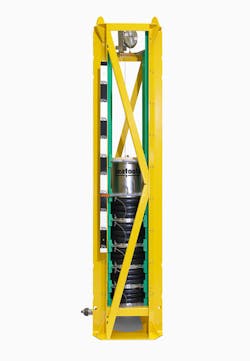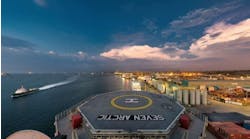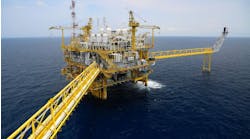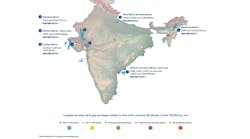Offshore staff
NUMANSDORP, the Netherlands – Seatools has completed an R&D program for a subsea liquid storage technology, including a successful full product qualification test program.
This was a continuation of an earlier engineering study performed on behalf of Statoil Petroleum. The technology will now be applied at a pile installation frame operated bySeaway Heavy Lifting.
According to Seatools, the move toward seabed installations of (pressure-balanced) equipment such as pumps, compressors, and related power grids that can compromise switch gear and power transformers brings a need for reliable, long-term subsea storage of large volumes of liquids.
The storage capability, in addition to compensating for hydrostatic pressure, must take into account oil volume fluctuations caused by temperature changes, or may have to accommodate control fluids.
Subsea storage of liquids is also relevant to large-volume subsea hydraulic systems with significant differential (oil) volumes caused by a large number of actuators, as is the case with the pile installation frame.
One of the critical design concerns for a long-term storage reservoir is the reliability of the barrier between fluid and seawater. During Seatools’ recent R&D program, the company conducted ageing tests to provide a quantified prediction of the lifetime of the fluid barrier.
Other achievements were a comprehensive product qualification program on a full-scale version of the reservoir, an extensive analysis of the dynamic behavior of the compensator, and a study of the pressure compensation performance under varying conditions.
The earlier conceptual and feasibility study into local storage of control fluids in a subsea production control system forStatoil was designed to develop a storage system capable of providing continuous and reliable supply of control fluids over a lifetime of 20 years.
In addition, the team analyzed required controls and instrumentation, refilling strategies, and related economics.
Further research is planned on the chemical compatibility of various fluids with the barrier material. Potential findings could widen the scope of application.
02/01/2017



